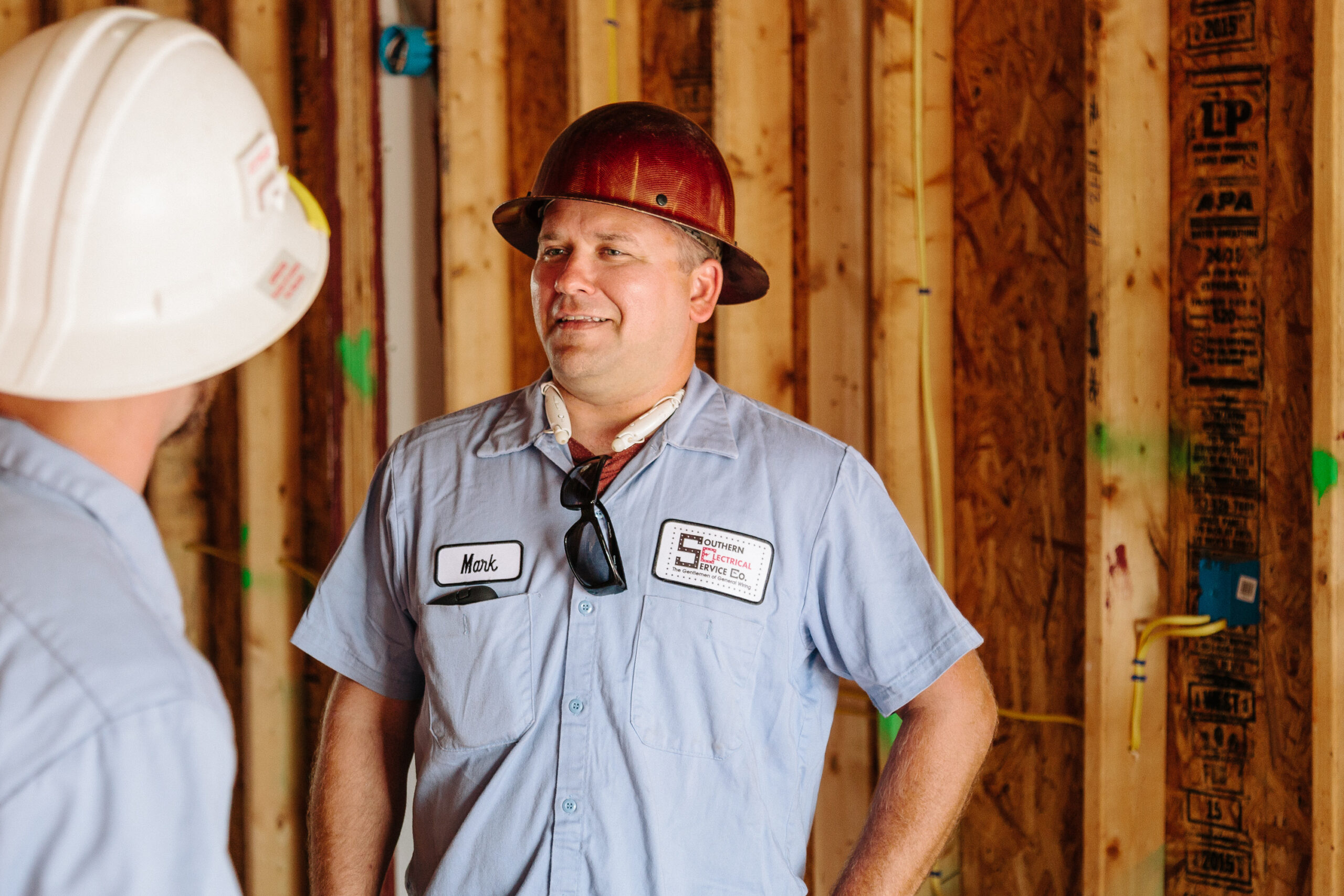Keep that Generator Running Smoothly
Did you know power outages are more common during the spring and summer than they are during winter? If you’re counting on your generator, make sure it’s ready to take on everything the weather brings.
1. Start Early
The time to worry about your generator’s condition is not when you’re sitting at home watching the Weather Channel predict a sudden, unexpected hurricane, snowstorm or other catastrophes. Make sure you and your generator are both ready to take on the worst and power through it.
Start by reading your owner’s manual. It will tell you what to clean, what to check and how to run a monthly testing cycle, which is especially important for whole-house generators.
Make it easy on yourself by setting up a regularly scheduled maintenance plan with SESCOS. Our home-generator experts will set up a regular cleaning, oil and filter change and testing routine that will keep your generator in tip-top shape.
2. Stockpile Supplies
If you’re going to be out of power for several days, remember that most generators need an oil change after 100 to 200 hours of use. Stock up on filters, replacement oil and other accessories you’ll need so you don’t run out in the middle of a power outage.
Generators run on synthetic or natural oil. Synthetic oil is usually designated as the best choice for generators that have to work during extremely hot or cold temperatures.
3. Fuel Up
Whenever you need to use a gas-powered generator, you need to add fresh gas. Don’t rely on leftover gas that’s been sitting in the generator since the last big storm. Doing so could lead to dirt buildup and other problems that could shut you down just when you need the generator most.
Run the generator long enough to drain fuel from the hoses and the carburetor. After the engine cools down, dump the old fuel out and replace it with fresh gasoline.
Many technicians recommend adding a gasoline stabilizer to help avoid engine problems. Add the stabilizer and then run the generator for about 15 minutes.
4. Get a Transfer Switch
The practice of “back feeding” power into your wiring is dangerous, resulting in hundreds of deaths from shock every year. It’s also illegal in most localities.
If you are running multiple power cords from a backup generator to your house, have a trained, licensed electrician install a transfer switch on your generator. You’ll avoid having extension cords all over the place and you’ll also avoid frying yourself or the technician who’s servicing your generator.
Don’t take any chances when it comes to electrical safety. The money you spent on having a transfer switch professionally installed is worth your family’s safety and your peace of mind.
5. Check It Out
Before you start using it, give your generator a solid once-over. Standby generators live in your yard all year, making them prone to collecting leaves, debris, and dirt. Clean up anything that might be clogging the generator’s vents and pipes. For both portable and whole-house generators, always check for signs of oil or water leaks.
If you’re not sure what to look for, call a technician with expertise in generators. The safest approach is to have an electrician check it out thoroughly before you start using it. Follow the technician’s recommendations for cleaning and repair before you fire your generator up.
6. Tune It Up
Like your car, your standby generator needs regular maintenance and a yearly tune-up. Make sure you change and replace the following:
- air filters;
- oil filters;
- battery;
- spark plugs;
- coolants;
- any other worn-out parts.
Doing so will help keep your generator running smoothly and safely when you need it most.
Rely on SESCOS
You spent good money on your generator and you’re relying on it to keep your home or your business running. To get the most from your generator, call SESCOS and ask about our service plans or one-time repairs. We sell, install and service every type of generator and we’ll make sure yours is clean, safe and working properly.
Be ready for every season with SESCOS and a generator you can count on.
